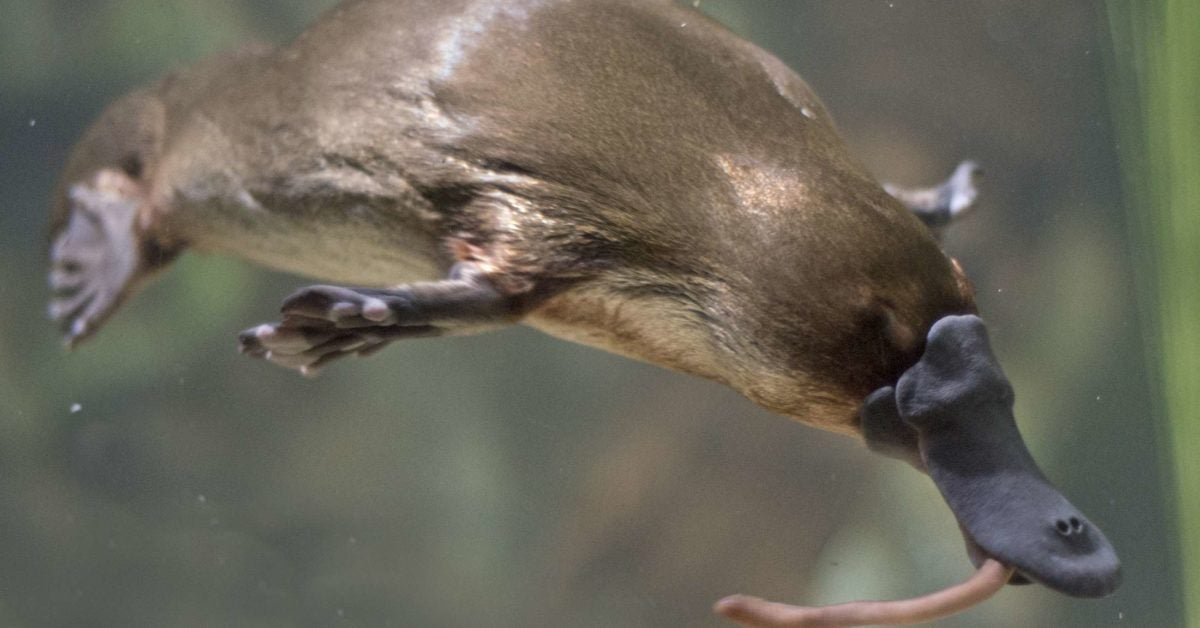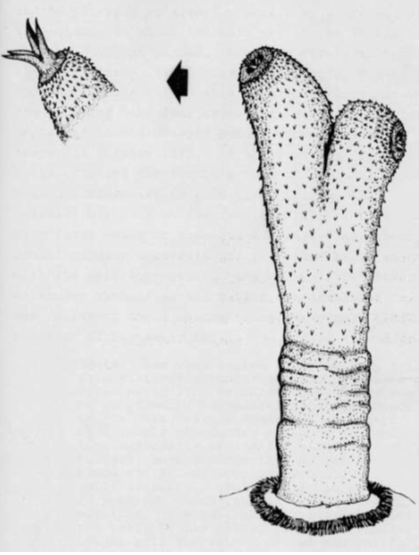

Our study shows that while the echidna penis is mammalian in origin-it has some evolutionary innovations all of its own. There's some evidence that the penis in all amniotes (reptiles, birds and mammals) has the same evolutionary origin. For example, some turtles have a five glans penis, which appears to have a similar internal anatomy. However, we found that the echidna penis had some similarities to those of crocodiles and turtles. Previous studies had suggested that the echidna resembled some snakes and lizards which have hemipenes (split penises). Some marsupials like the bilby also have a split urethra, but these split into two branches only and, in these species, it's the corpora cavernosum that separates into two structures when the urethra splits. The echidna penis is very unusual amongst mammals.

However, the internal structures appear very similar to those in the echidna.Ĭurrently, we don't have any data on what an erect platypus penis looks like so we don't know if they use both at the same time. Superficially, the platypus penis looks very different-not only does it have only two heads (or glans), but, the entire penis is covered with distinct keratinous spines. By alternating the use of each side our tame echidna can ejaculate 10 times without significant pause, potentially allowing him to out-mate less efficient males. It's possible that it's to do with male competition for females. We're not sure exactly why they only use two glans at any one time. Blood flow can be directed down one side of the corpus spongiosum or the other to control which half becomes erect and which branch of the urethra remains open. In effect, this means that the end of the echidna penis acts like two separate glans penises. In the echidna, the corpora cavernosoa merge into one structure and the corpora spongiosa remains as two separate structures.įurthermore, we found that the major blood vessel of the penis also splits into four branches following the branching of the urethra. In most other mammals, both the corpus cavernosum and the corpus spongiosum start off as two separate tissues at the base of the penis but then the corpora spongiosa merge into one.

The corpus spongiosum also fills up with blood, but its main role is to ensure that the urethral tube remains open at erection so that semen can pass through. The main role of the corpus cavernosum is to fill up with blood and maintain an erection. Instead, we found that the erectile tissues that make up the echidna's penis are a very unusual.Īll mammalian penises consist of two erectile tissues, the corpus cavernosum and the corpus spongiosum. Initially, we thought we'd find some sort of valve mechanism on the urethra when it first started branching to control the one-sided action seen in our tame echidna. It's these animals we used for the study, but we were also able to observe a tame echidna. Unfortunately, many of these echidnas are hurt beyond recovery and have to be euthanised. Our research is a collaborative project involving scientists from the University of Melbourne, University of Queensland and Monash University, but most crucial to the work has been the Currumbin Wildlife Sanctuary on the Gold Coast, which has established a small breeding colony of echidnas.Īround 50 injured echidnas are brought to the wildlife hospital at Currumbin every year, the majority from road accidents. But for the first time we have untangled what is going on anatomically, with the results now published in the journal Sexual Development. Only two of these four glans ever become functional during erection and which glans are functional appears to alternate between subsequent erections.Įxactly how echidnas do this has always been a mystery. Credit: Jane FenelonĪmong echidna females, in addition to laying an egg, the pouch where they nurse their young is only a temporary structure and develops by the thickening of the lateral margins around the abdominal region that surrounds the mammary glands.īut perhaps what is most bizarre about the echidna penis is that it has four heads, which are actually rosette-like glans at the end. The echidnas penis is stored internally when not in use.


 0 kommentar(er)
0 kommentar(er)
